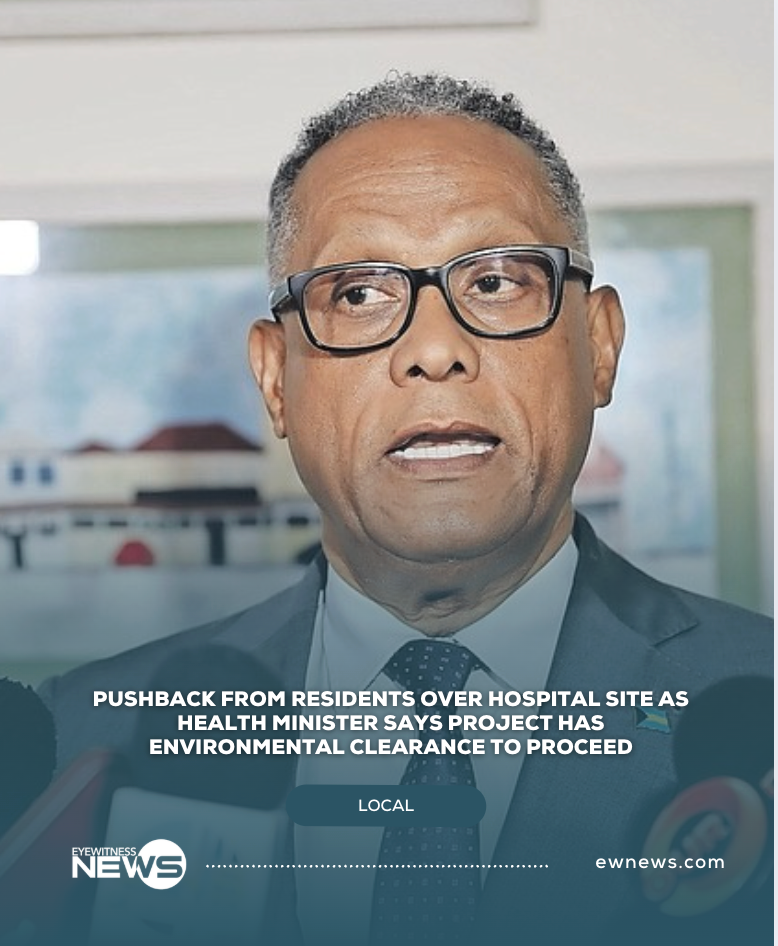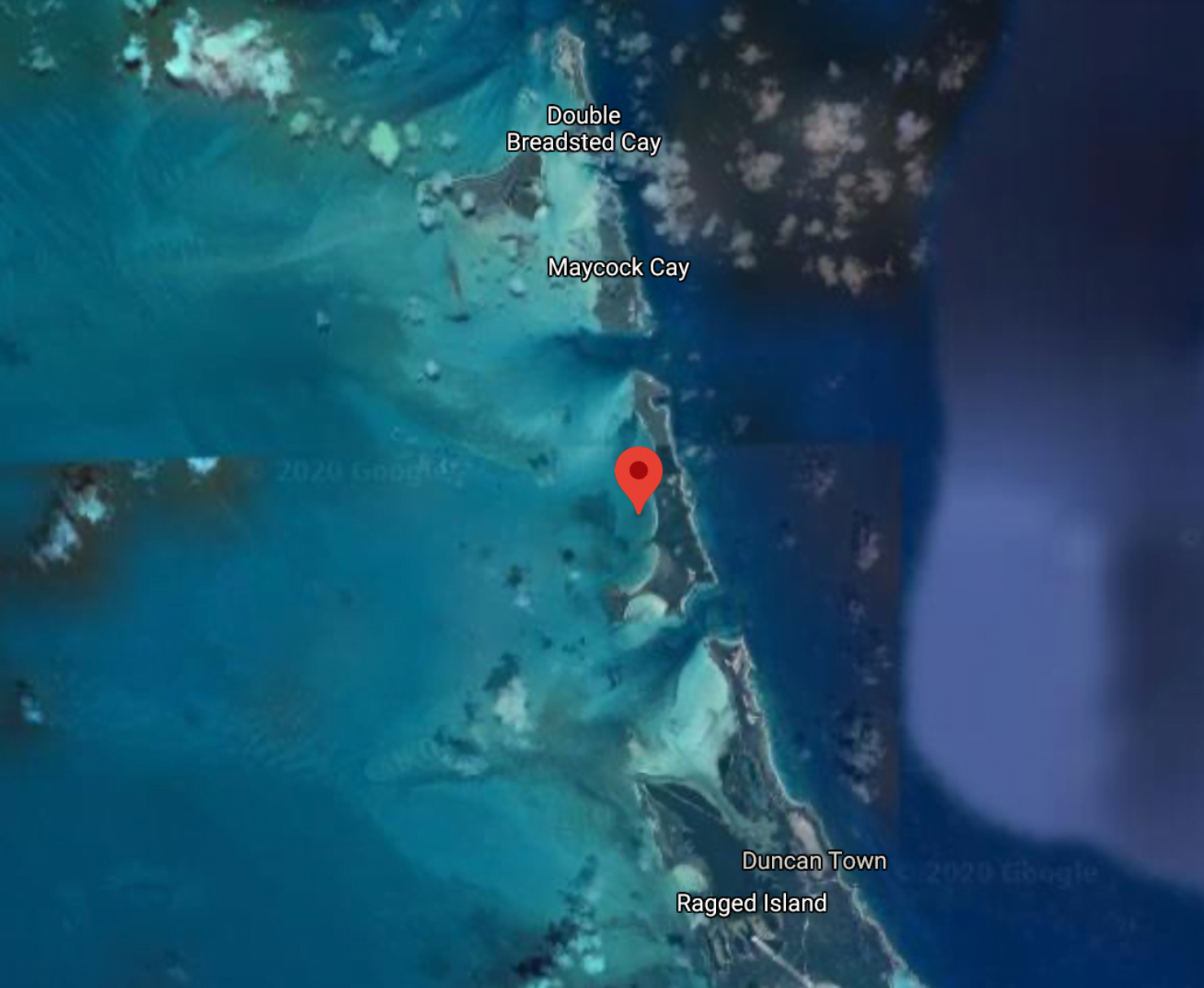NASSAU, BAHAMAS- Residents living near the site proposed for a near $300 million, 200-bed specialty hospital in western New Providence have voiced strong concerns over the project’s location, citing flooding, traffic congestion, and neighborhood disruption. Health and Wellness Minister Dr. Michael Darville, however, emphasized that the government has obtained full environmental clearance and intends to proceed.
During a Town Planning public hearing Monday night on an application seeking site approval to construct the hospital in the Perpall Tract area, Dr. Darville outlined the government’s rationale for the new facility, explaining that maternal and child health services would be relocated from Princess Margaret Hospital (PMH) to the specialty hospital. “We cannot afford to invest taxpayer money in a facility that fails to serve its purpose,” he said. “This specialty hospital stems from research conducted by the Department of Public Health, which highlighted our national challenges with infant mortality and morbidity among young children.”
The hospital is intended to include a Neonatal Intensive Care Unit, same-day surgery and diagnostic facilities, molecular medicine, research, and a teaching hospital component. Darville also noted that the project will have its own water and sewage treatment plants and incorporates flood mitigation measures. “The building footprint will not exceed 50 percent of the site, nor will the height exceed six stories,” he said.
Darville emphasized that the site was chosen after careful study of four options. “After considering four possible sites, only this location met the geotechnical requirements for a multi-story facility. It sits on elevated ground—seven to fourteen feet above sea level—with the right bedrock for construction. Environmental assessments were completed, including a report by JSS Environmental, and we will mitigate all identified risks, including groundwater management.”
Yet residents at the Town Planning Committee hearing voiced strong opposition. Barbara Hepburn, president of the Grove West Homeowners Association, said her neighborhood suffered severe flooding during the recent tropical storm. “Some homes were underwater for the first time. We were without electricity for days. Floodwater contained sewage, and that was only from a tropical storm. If a hurricane hits, it will be worse. I understand the need for a new hospital, but this location continues to flood. I can’t see how this project fits within that reality.”
Other concerns focused on traffic, emergency access, and neighborhood disruption. Ian Wilkinson said, “Our main concern is the location. We already deal with flooding and traffic congestion. Many residents believe the hospital should have been more centrally located. There are worries about emergency access, crime, and congestion in and around the neighborhood.”
Cecil Ferguson, president of the Silver Key Club Homeowners Association, stressed that he and 43 residents submitted a detailed letter expressing opposition. “At the meetings, you spoke as if the hospital is a foregone conclusion and even mentioned a groundbreaking date. Yet many people have expressed opposition. Could you share any statistics showing how much feedback has been for or against the project?” Ferguson also highlighted historical flooding issues.
Former Bain and Grants Town MP Travis Robinson, now the Free National Movement’s candidate for Fort Charlotte, pointed to the JSS Environmental Impact Assessment as evidence that flooding remains a critical concern. “That report identified flooding as the most significant risk in the area,” he said. “The site lies within 212 acres of well fields—50 of which are earmarked for this hospital. Developing on both the front and back ends of the well fields risks trapping water between them, worsening flooding.”
Robinson added, “The well field serves as a natural drainage basin for the area. Building there will only make flooding worse.”
Another area resident, noted that while she is not opposed to a new hospital, she is concerned about neighborhood impacts. “Will it include noise-reduction technology for sirens? Will there be proper drainage and emergency outlets near the ocean? Also, will nearby homeowners receive insurance protection in case our properties are affected by construction or flooding? That is a legitimate question under the town planning process.”
Darville acknowledged the concerns but defended the site selection and environmental approvals. “The Ministry of Health already has an environmental clearance certificate issued by the Ministry of Environment confirming that the land is suitable for this project,” he said. “We are mindful of the sensitivities, but this project will bring more benefits than harm. The investment—nearly $370 million—would not proceed if there were credible risks to its viability.”
The Town Planning Committee is now set to deliberate on the application.


















